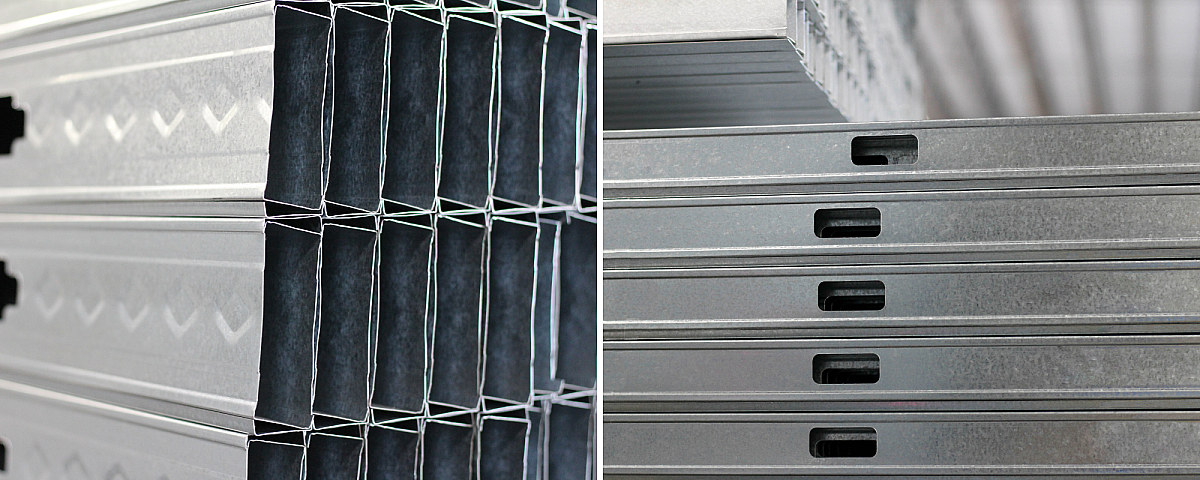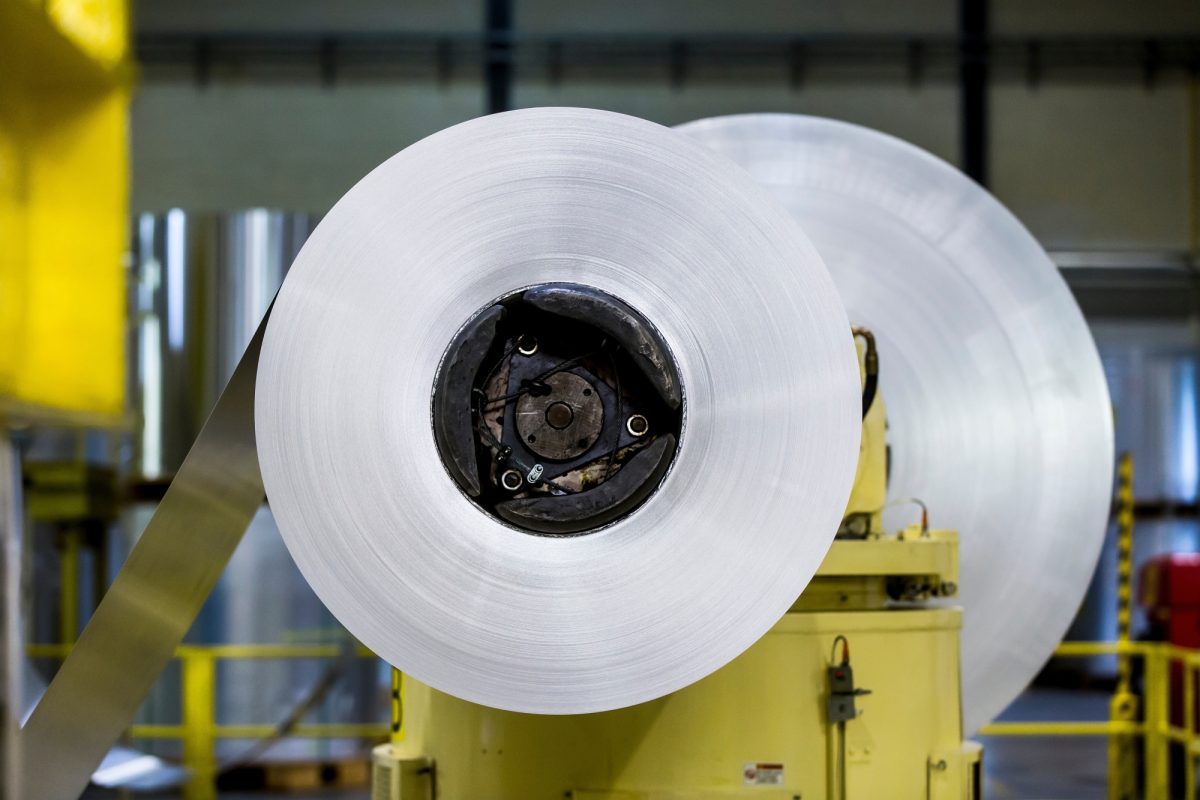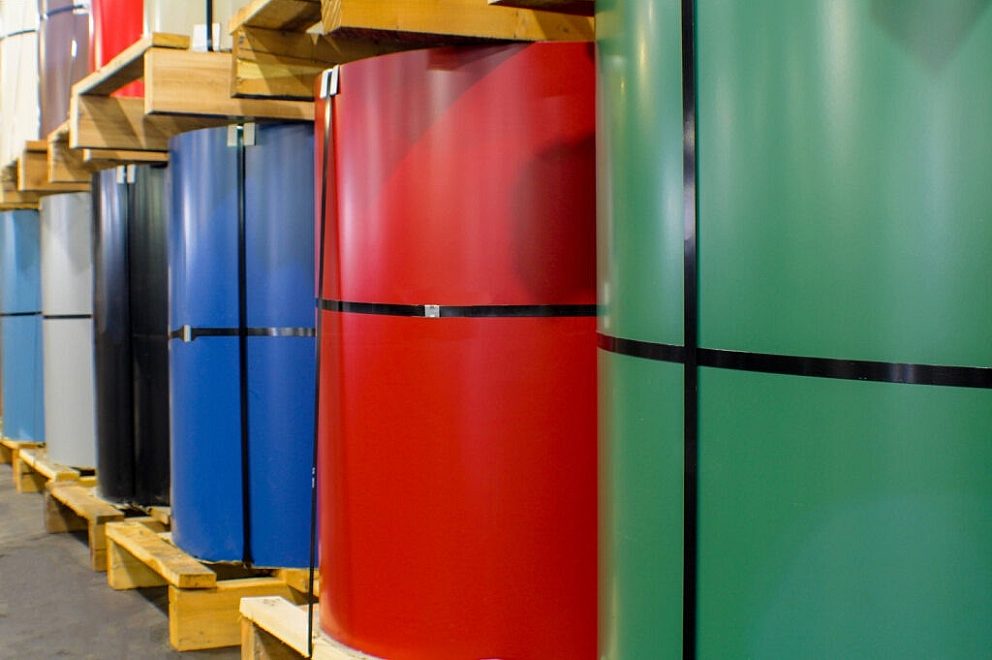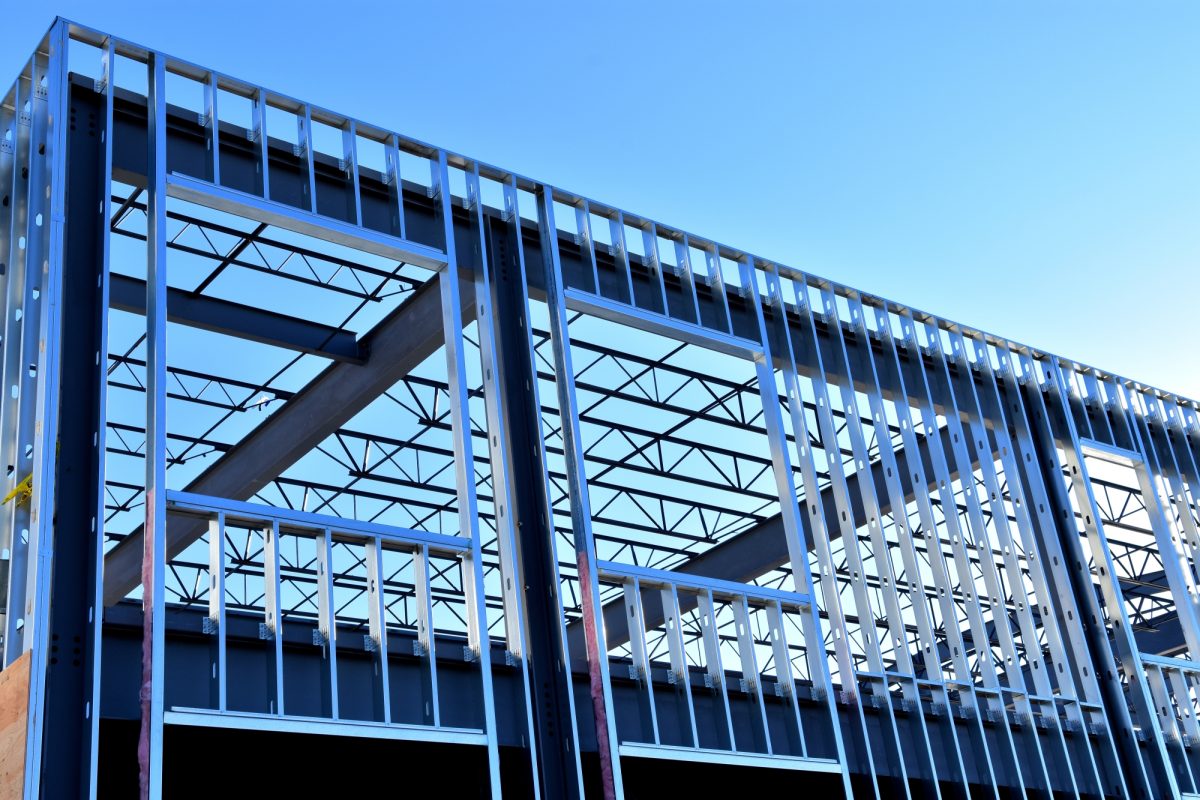Structural vs Non-Structural Steel Studs: Which Do You Need?

Understanding the difference between structural vs non-structural studs is crucial for making the right material choices. Whether you’re a contractor on a jobsite or a distributor guiding your customers, selecting the proper steel stud can directly impact performance, compliance, and cost.
Let’s break down the differences, ideal applications, and expert tips to help you confidently choose the right product for your next build.
What Are Structural Steel Studs?
Structural steel studs, often referred to as "load-bearing studs," are engineered to carry vertical or lateral loads. These cold-formed steel framing components are designed to support structural elements such as floors, roofs, or entire walls.
Key Features:
- Made from heavier gauge steel, typically 20 gauge (33 mil) or thicker
- Commonly used in multi-story commercial buildings or load-bearing interior partitions
- Comply with ASTM C955
- Paired with heavier track systems for full structural integration
Best Applications:
- Load-bearing walls
- Curtain walls
- Tall interior partitions requiring extra strength
- Floor joists and roof framing
What Are Non-Structural Steel Studs?
Non-structural steel studs (also called drywall studs or interior studs) are designed for partition walls that don’t bear any load beyond their own weight and drywall. These studs focus on ease of installation and cost-efficiency.
Key Features:
- Lighter gauge steel, often 25 or 20 gauge (18–33 mils)
- Used to frame interior walls, soffits, and drop ceilings
- Comply with ASTM C645
- Compatible with standard drywall finishing systems
Best Applications:
- Interior partition walls in offices, schools, and retail spaces
- Drop ceilings and architectural features
- Fire-rated assemblies (when specified)
Structural vs Non-Structural Studs: How to Choose
When selecting between structural vs non-structural studs, the main factors to consider are:
- Load Requirements: Will the stud carry any weight? If so, structural studs are required.
- Building Codes: Structural applications must meet stricter code compliance and inspections.
- Span and Height: Taller wall assemblies or high-traffic commercial applications may require structural support.
- Fire and Acoustic Ratings: Both types can meet specific ratings, but check manufacturer data to ensure compliance.
Tips for Metal Stud Distributors
Distributors play a critical role in guiding contractors through the selection process. Here are a few value-add tips to stand out:
1. Stock the Right Mix
Maintain an inventory that supports both structural and non-structural needs—focusing on common gauges (25, 20, 18) and standard sizes (1-5/8", 2-1/2", 3-5/8", 6").
2. Know Your Compliance Standards
Ensure your offerings meet ASTM C955 (structural) and ASTM C645 (non-structural) standards. Clearly labeling products helps prevent costly jobsite errors.
3. Educate Your Buyers
Provide quick-reference guides or wall charts for framing systems. It’s a simple way to support your customers and reinforce your brand as a trusted resource.
4. Bundle with Accessories
Include related products like deflection clips, bracing, and drywall fasteners to make ordering easy and keep projects moving.
Partnering with Mill Steel for Success
At Mill Steel Company, we supply high-quality galvanized and cold-rolled steel coils used in both structural and non-structural steel stud manufacturing. With a national footprint, reliable delivery, and industry leading customer service, we help framing distributors maintain consistency and confidence in every order.
Looking to streamline your steel supply chain? Let’s connect: Contact Us


